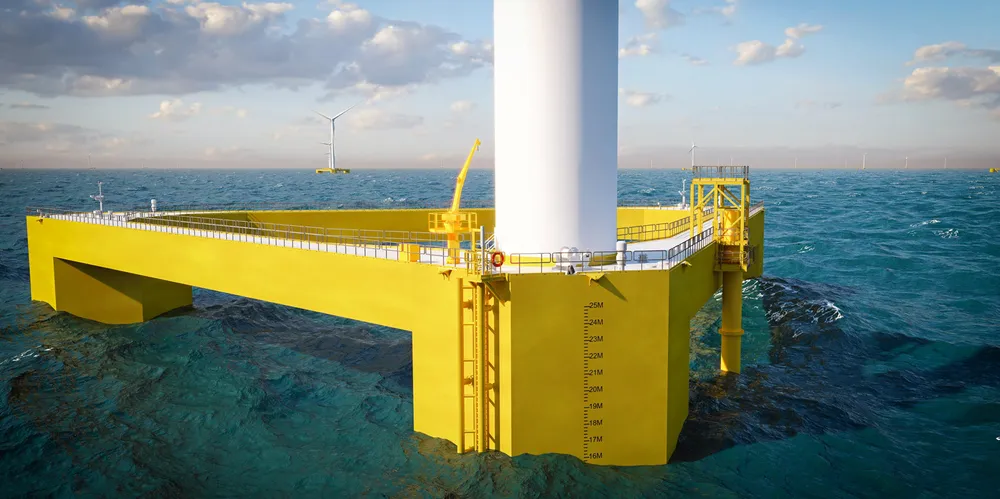Pioneer Principle Power unveils 'fourth generation' designs to give floating wind a fillip
Innovations based on 550GWh operational track record aim to bring new players and geographies into supply chain, says chief commercial officer Aaron Smith

Innovations based on 550GWh operational track record aim to bring new players and geographies into supply chain, says chief commercial officer Aaron Smith
